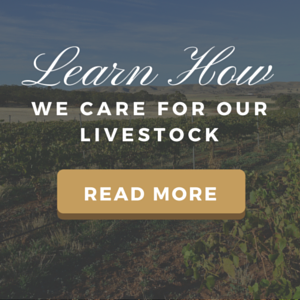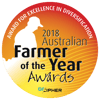
It's that time of year again when the calves must be weaned from the cows, their mothers. Breeding programs are individual to the need of each producer, the season and livestock health and welfare. Weaning forms an important process of the program for breeding cattle.
It involves heavy planning, consideration, skill and timing involved when weaning calves. It is important to consider by what method to wean calves. All these factors can affect the health and wellbeing of both the cows and the calves.
Weaning forms an important process of the program for breeding cattle.
Calves are weaned when they are about seven to eight months old when they able to care for themselves. This allows the cows enough time to recover after caring for their calves. This ensures they are fit and healthy for the next breeding season.
Weaning Methods
There are different methods of weaning that a producer will choose to use. It is dependant on the facilities, time, training needs of the weaners and markets options. The process should be as much as stress-free as possible for the calves.
Common weaning method practised:
Cows and calves are brought into the yards. The calves are then drafted off the cows. Cows are then pregtested, checked and vaccinated and then transported to a paddock.
The calves are now weaners. The female weaners are known as heifers and the male is known as a steer (castrated male) or weaner bull.
All weaners are tagged with and electronic ear tag, under the National Livestock Identification Scheme (NLIS). It is a requirement for Australian livestock. The tags can trace an animal during its entire lifetime. Its purpose is to protect the biosecurity and integrity of Australia's livestock industry. It also assists the traceability for food safety requirements. The tag can be also a management tool to track vaccinations and treatments, breeding details, weight and age.

During the process the weaners are drafted, undergo a health check and vaccinated. They then remain in the yards to settle over a period. During their stay stockmen handle them daily, using low stress handling methods and fed a mix of hay and silage.
The benefits of this method include:
- The weaners become accustomed to the yards and worked and handled by people.
- Introduces weaners to hand feeding.
- It allows the weaners to socialise, assisting to reduce stresses when in the yards.
- The weaners become used to the yards. As a result, are easier to handle in yard and transport situations.
For more indepth information, Meat and Livestock Australia (MLA) have great resources available on livestock, inparticular weaning calves.
What happens next?
Once the weaners settle, they are then returned the paddock. They are then checked regularly, feed hay and any other supplements as required. With the human interaction, as they grow up they become quieter and easier to handle.

